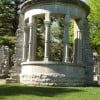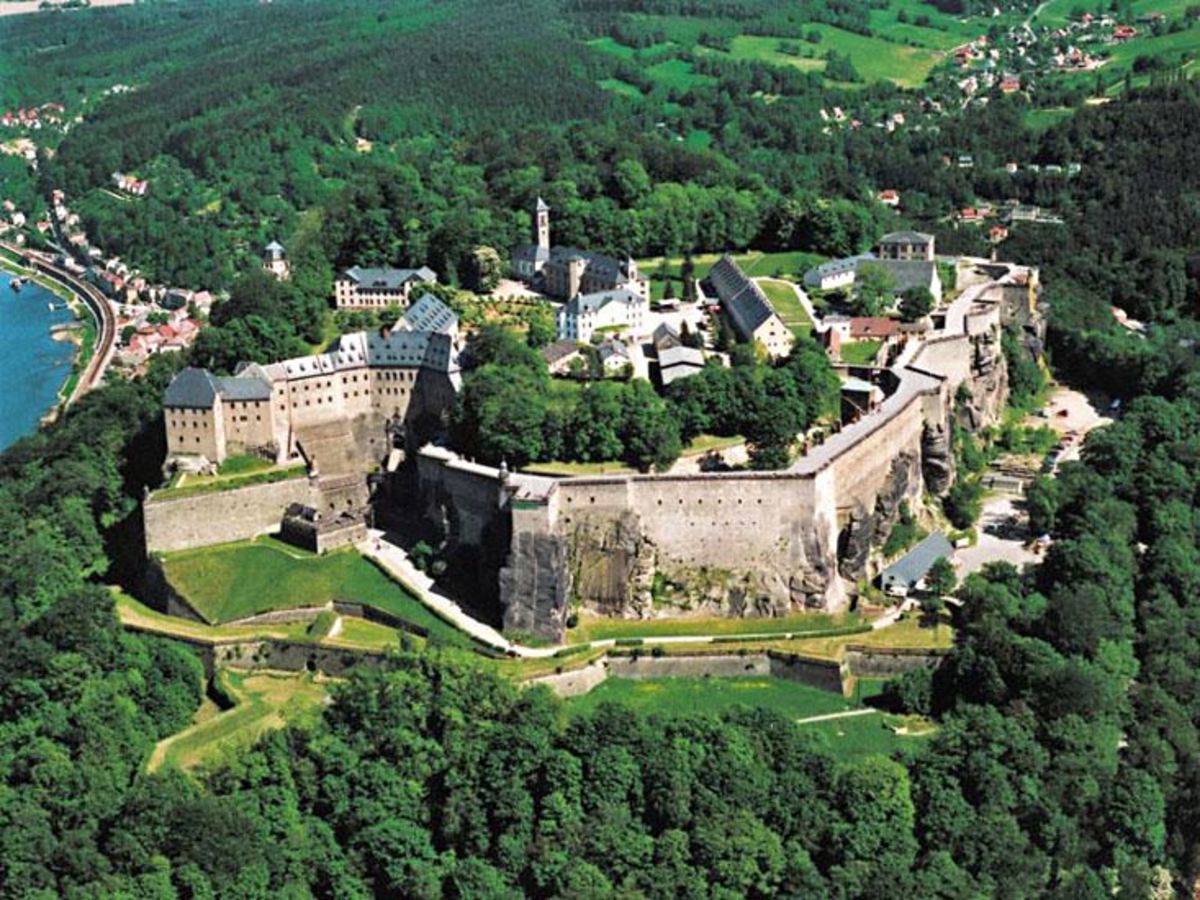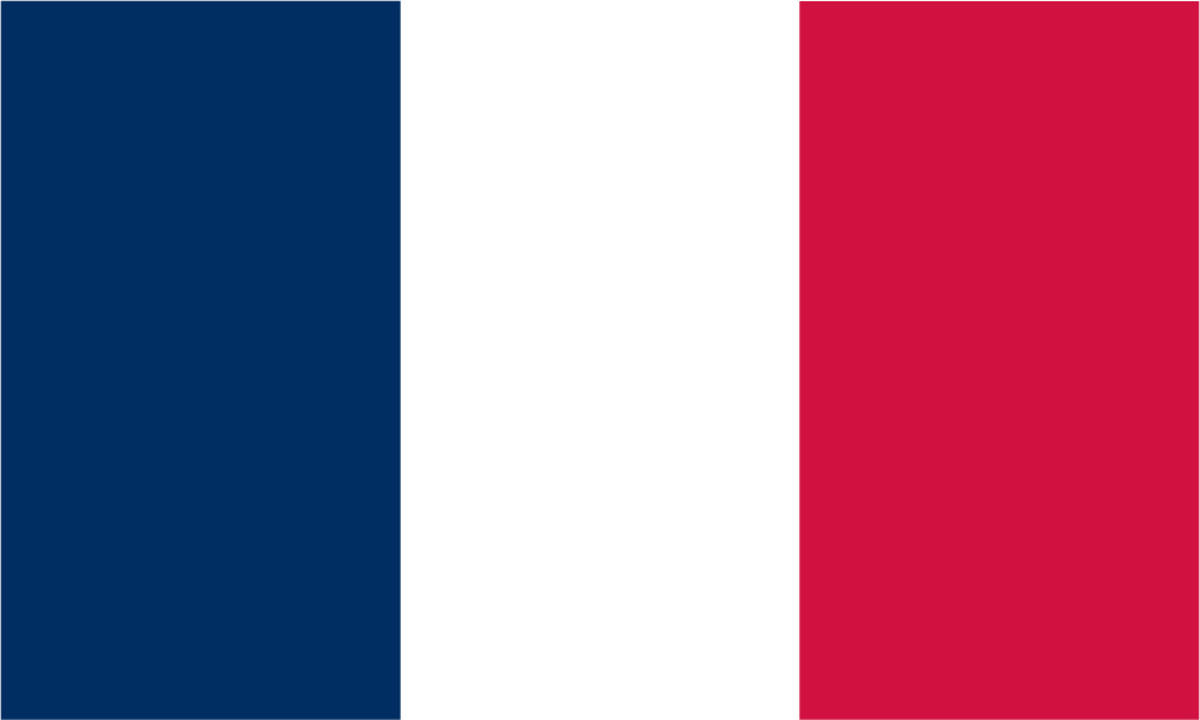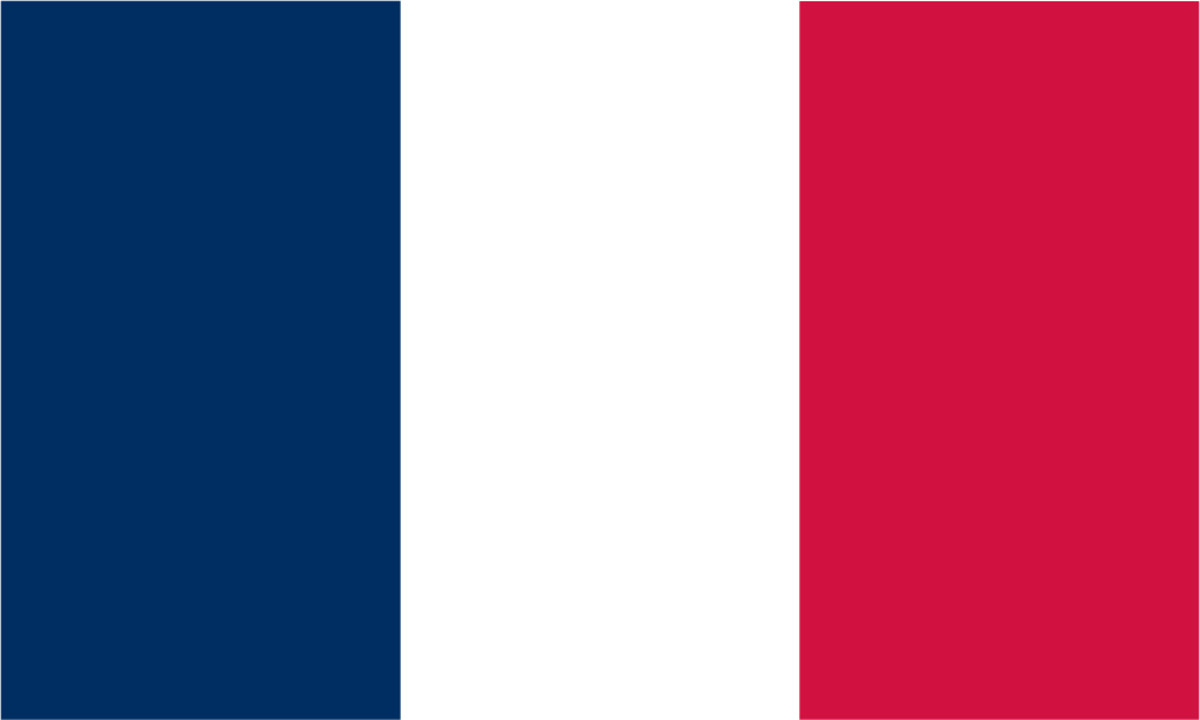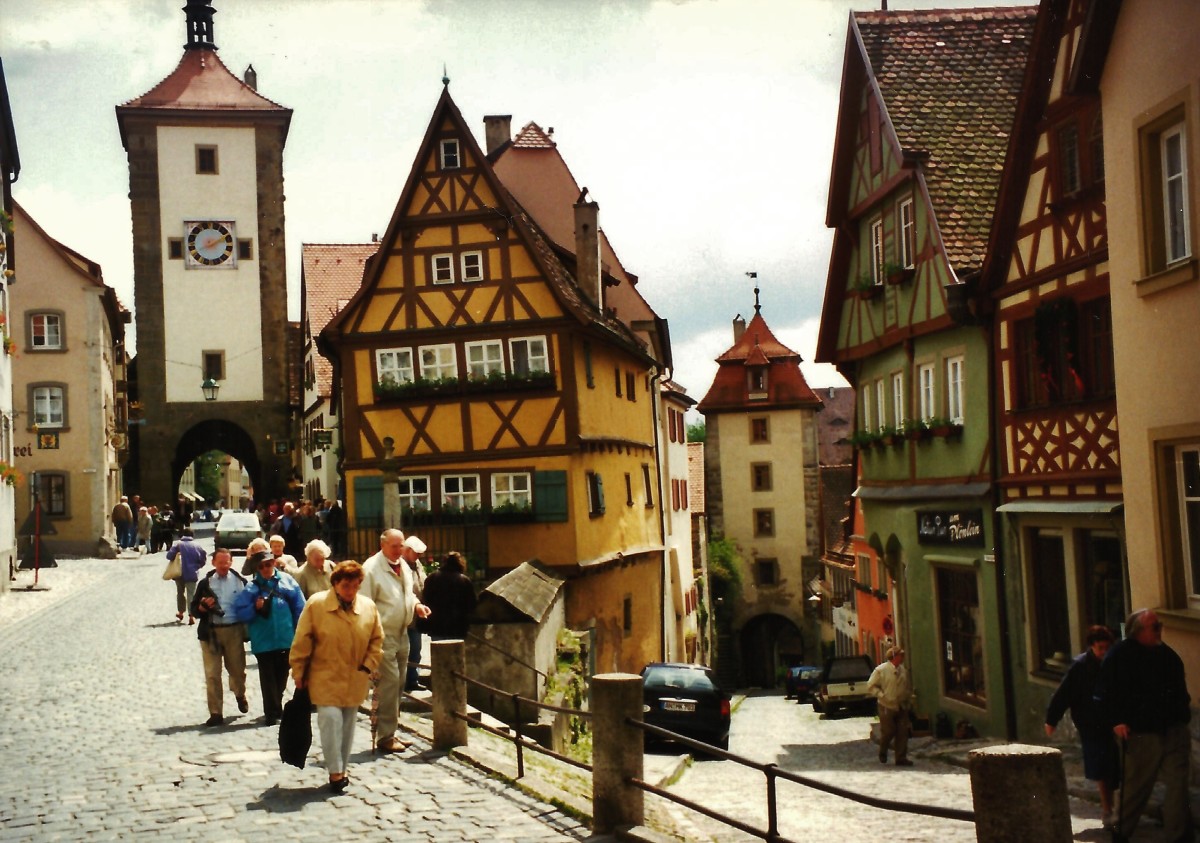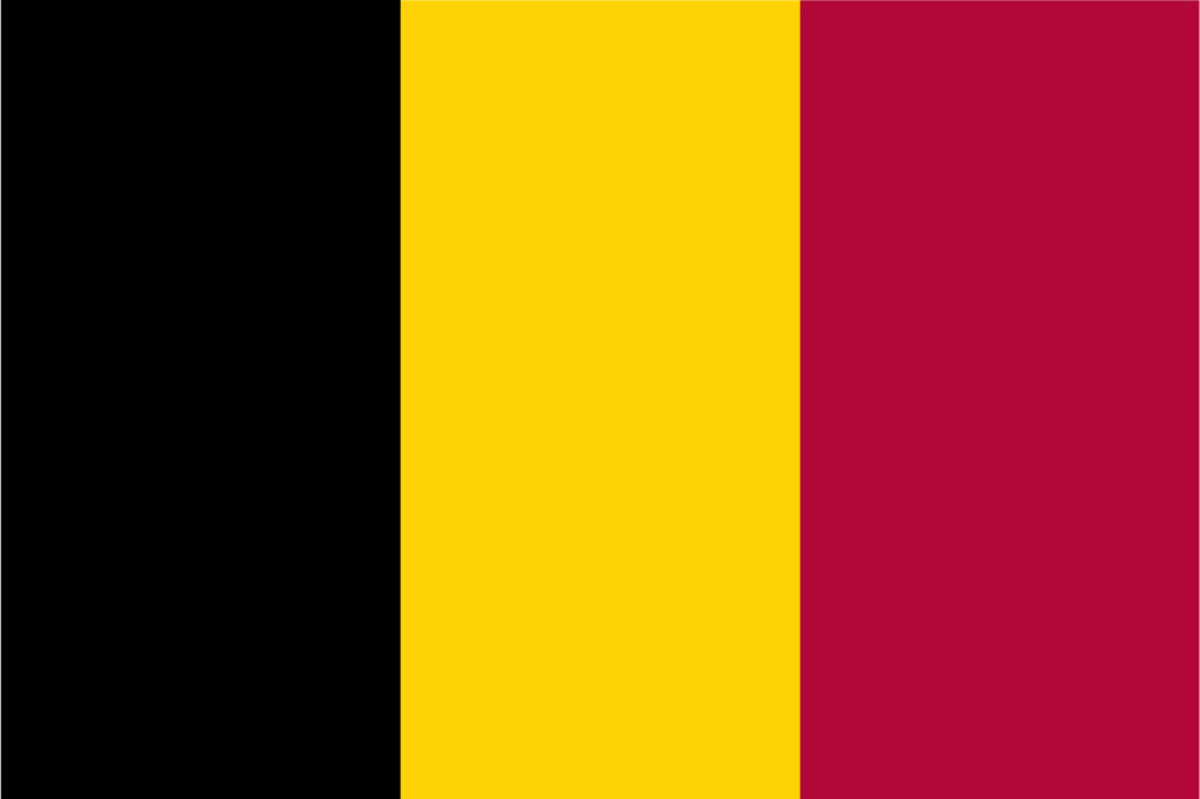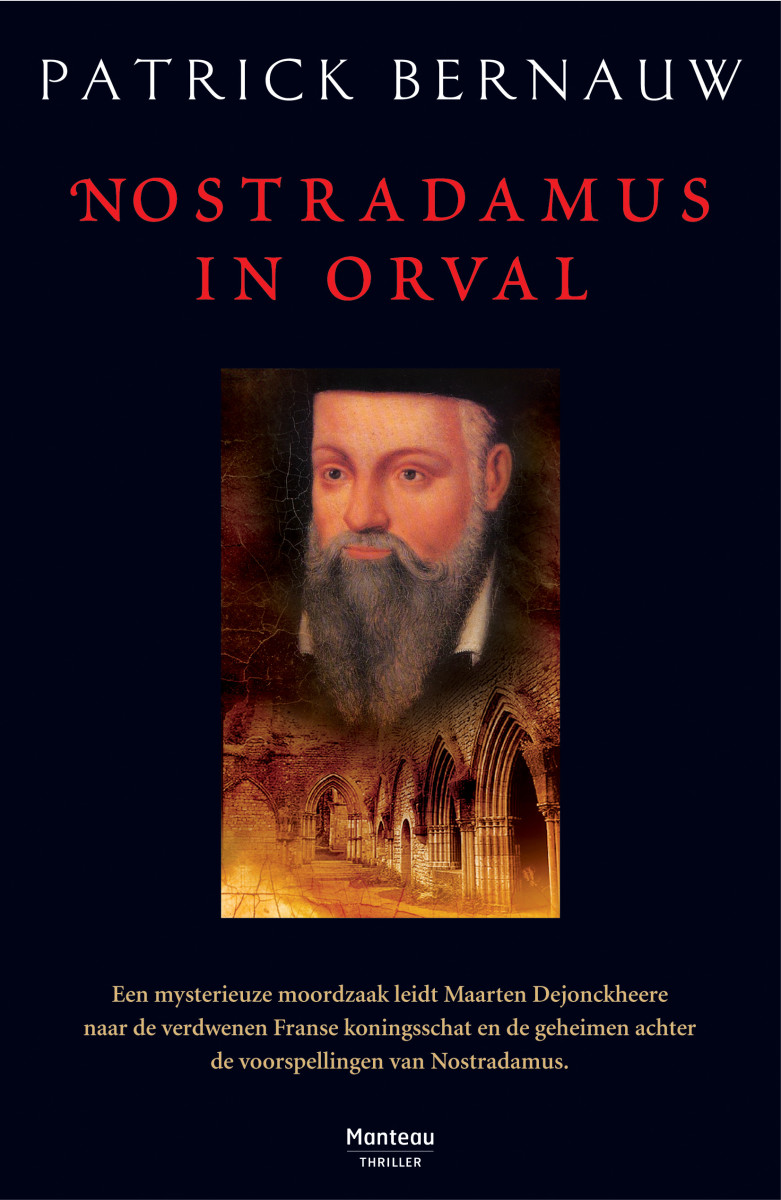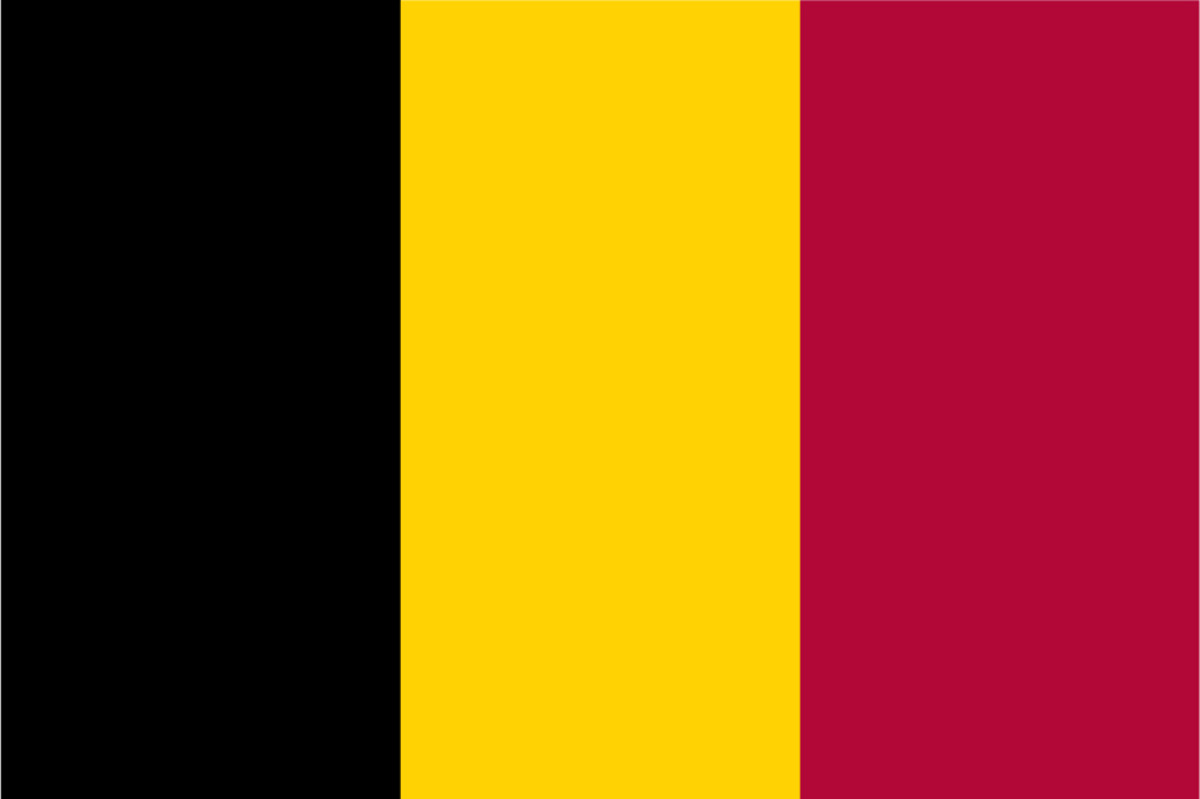Visiting the Our River at Ouren, Belgium: Border Psychologies, the Stuff of Legends
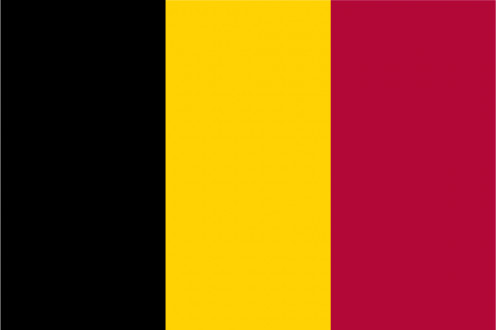
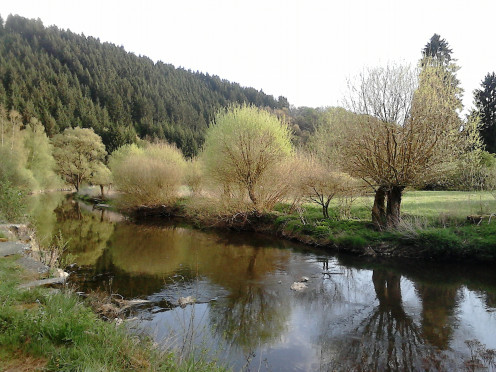
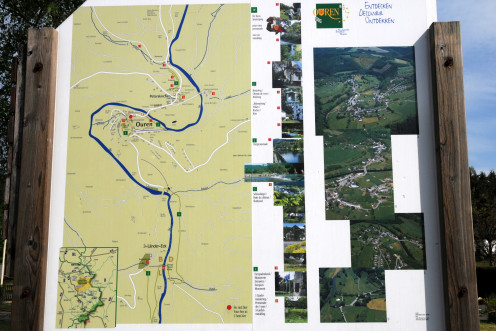
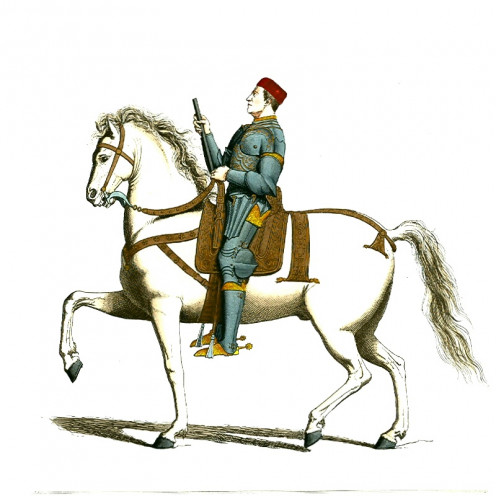
A Medieval splash
The Our River flows a total of 78 kilometers and is principally known as one of the border rivers which separates Germany from the Grand Duchy of Luxembourg (1). As the Our flows southwards, the Our Valley offers the visitor some increasingly dramatic scenery in this borderland. At one point, for several kilometres in the Vianden area, the Our's course flows entirely within the borders of Luxembourg.
Interestingly, for a number of kilometres also, the Our's upper course takes it neither through Germany nor Luxembourg but through Belgian territory. In the vicinity of the village of Ouren in the Ostkantone area of Belgium's Liège (German: Lüttich) province, the Our River emerges from Belgian territory and, at its confluence with a stream known as the Bodesbach, forms the border between Belgium and Germany, until Belgian territory gives way to the Grand Duchy at Lieler.
The Our River, flowing through a German-speaking area, formerly had a more 'Germanic' spelling, thus: Ur. However, this archaic spelling has fallen into disuse.
When we speak of Belgium, Germany and Luxembourg, we refer of course to modern states with defined, legal nationalities. In the devolved, feudal complexities of Medieval Europe, however, some definitions were a lot more fluid: indeed, the root meaning of 'fluid' is an appropriate metaphor to describe natural boundaries between a bewildering maze of jurisdictions across the Continent. In Medieval Europe, natural landmarks and the sometimes meandering courses of rivers and streams would take on an importance much greater than would be the case today.
Even today, the village of Ouren has a population of only 129. In the Middle Ages, the former Lords of Ouren would have been figures of considerable, local importance.
And so the legend goes that a rival knight came on horseback to Ouren and abducted the Lady of Ouren.
For his pains, the nefarious knight, abducted Lady and horse promptly fell into the Our river. Or so the legend goes.
The legend does not end there. The swimmers are said to have extricated themselves from the Our river and, improbably, the knight is said to have promised to prove his supposed piety by paying money to the church.
Less improbably, the knight is said subsequently to have failed to pay his supposed piety money. And so it goes, the stuff of legends.
November 12, 2015
Notes
(1) There is also a distinct Belgian province of Luxembourg.
Also worth seeing
In Ouren itself, notable sights include the Peterskirche, dating from the 18th century, and the Europa Monument, commemorating the proximity of the borders of three countries (Belgium, Germany and Luxembourg) and the process of European integration. Archaeological work has been progressing at digging up the foundations of a Medieval castle, the superstructure of which has long disappeared.
Burg-Reuland, Belgium (distance: 10 kilometres), of which municipality Ouren is now a part, has an imposing castle and some noteworthy buildings.
Bastogne, Belgium (distance: 63 kilometres), with its imposing Battle of the Bulge monument, has many memories of World War 2.
Clervaux, Grand Duchy Luxembourg (distance: 18 kilometres), with its castle, fine ecclesiastical architecture, and scenic location, attracts many visitors.
Dasburg, Germany (distance: 22 kilometres), in a picturesque setting on the Our River, has some castle ruins.
...
How to get there: Brussels Airlines flies from New York (JFK) to Brussels Airport (distance: 186 kilometres), where car hire is available. The nearest large international airport is Luxembourg (Aéroport de Luxembourg), at Findel (distance from Ouren to Luxembourg: 72 kilometres). For North American travellers making the London, England area their touring base, Luxair flies to Luxembourg from London. Please check with the airline or your travel agent for up to date information. Please refer to appropriate consular sources for any special border crossing arrangements which may apply to citizens of certain nationalities.
MJFenn is an independent travel writer based in Ontario, Canada.
Also worth seeing
- Visiting Bivels, Luxembourg, on the Our River: shadows, colours and borders blend
Bivels, part of the Grand Duchy of Luxembourg's Canton of Vianden, has been the subject of interest to artists. Two well known representations, one a sketch, the other an oil painting, are respectively by the celebrated French writer Victor Hugo... - Visiting the Georges Wagner Bridge at Sevenig (Our), Germany: linking with Belgium and named for a L
Why would a bridge — the Georges Wagner Bridge — which links Germany with Belgium be named for a prominent person from Luxembourg? Who was Georges Wagner? These two questions are provoked by the name of this bridge, set in the pic
